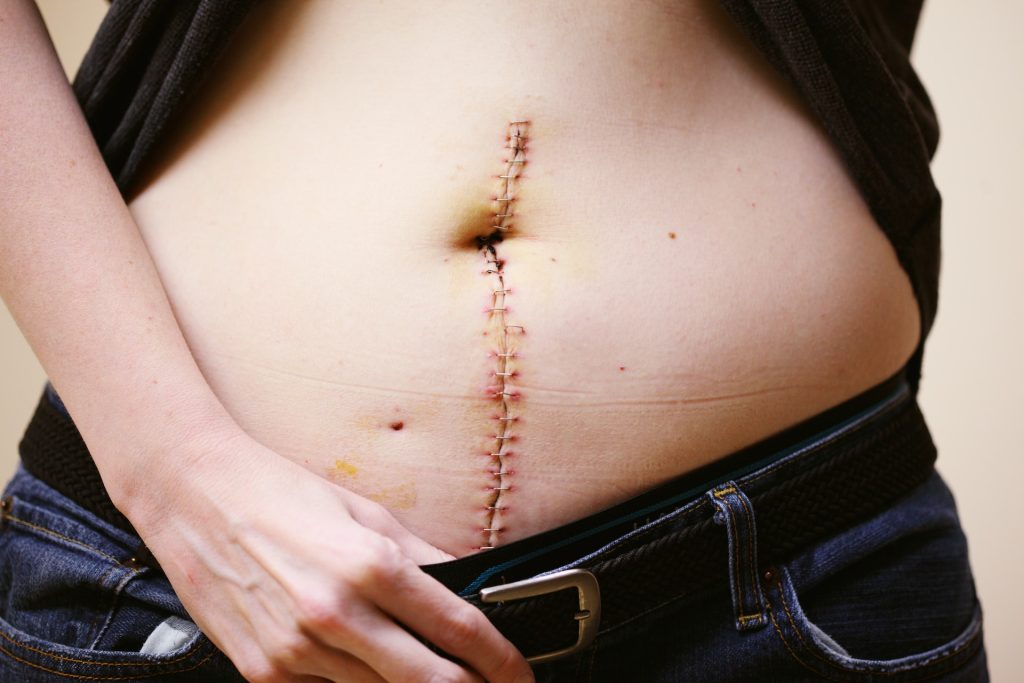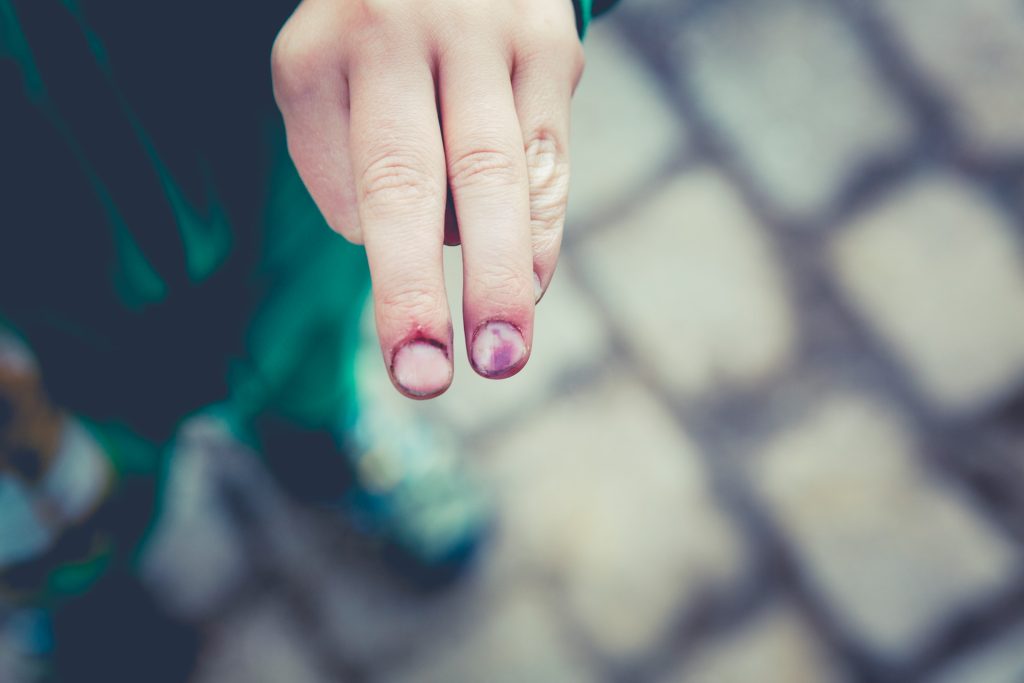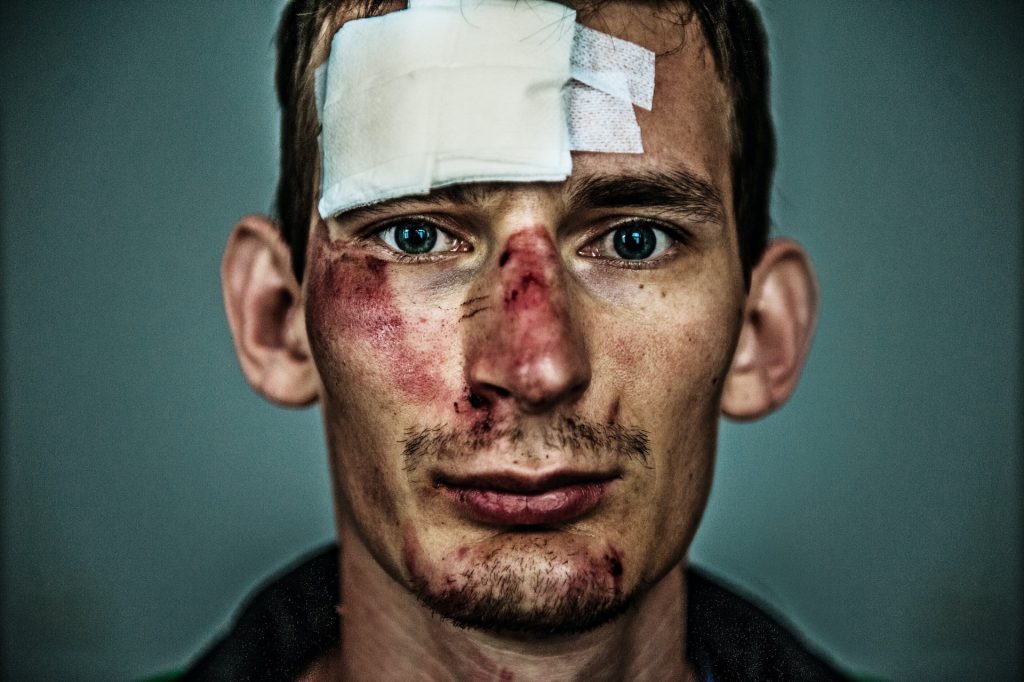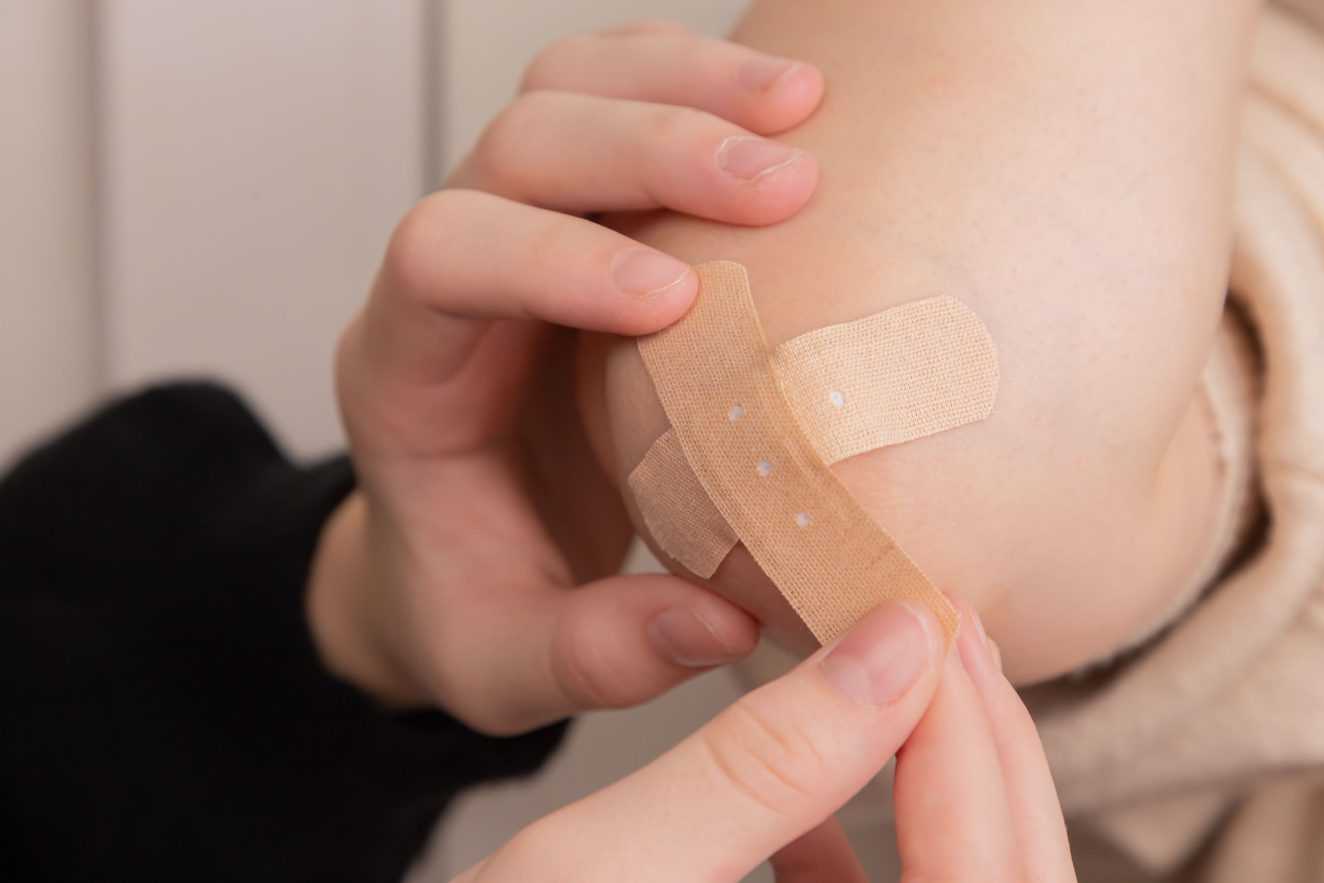Our skin is a remarkable organ, serving as the body’s protective shield and offering a dynamic canvas for life’s stories. But have you ever wondered how and why the skin gets bruises, wounds, lacerations, and scars? In this blog post, we’ll embark on an enlightening journey through the science behind skin’s resilience, exploring the intricate processes that make it possible and the remarkable ways it repairs itself.

The Skin: Our Body’s Multilayered Armor
The skin is the body’s largest organ, with an array of complex layers that provide vital functions. To understand how the skin responds to injuries, it’s crucial to delve into its structure:
- Epidermis: The outermost layer of the skin, the epidermis, acts as a protective barrier against environmental factors, such as harmful UV rays and microbes. It also contains melanocytes, which produce melanin, the pigment responsible for skin color.
- Dermis: Beneath the epidermis lies the dermis, a layer rich in blood vessels, sweat glands, and hair follicles. It houses collagen and elastin, two essential proteins that contribute to the skin’s elasticity and strength.
- Subcutaneous Tissue: The subcutaneous tissue is the deepest layer, composed of fat and connective tissue. It serves as insulation and energy storage.
Bruises: The Body’s Natural Artwork
A bruise, scientifically known as a contusion, is a common skin injury often caused by blunt force trauma. When you bump into something or sustain a blow, tiny blood vessels known as capillaries beneath the skin’s surface can rupture, leaking blood into the surrounding tissue.
The fascinating science behind bruises involves several key steps:
- Initial Impact: When you experience an impact, the force may break small blood vessels within the skin, allowing blood to escape into the surrounding tissues.
- Inflammation Response: The body’s natural defense mechanisms kick in. Inflammation occurs as white blood cells rush to the injured area to clear away the blood and debris.
- Hemoglobin Breakdown: The blood that leaks from the ruptured capillaries contains hemoglobin, the iron-containing protein that gives blood its red color. When hemoglobin breaks down, it transforms into biliverdin, a greenish compound, which eventually turns into bilirubin, a yellow pigment. These changes in pigments give bruises their characteristic color patterns.
- Healing Process: Over time, the body’s mechanisms work to reabsorb the leaked blood, restore the integrity of the blood vessels, and gradually eliminate the visible bruise.

Wounds and Lacerations: The Body’s Repair Mechanism
Wounds and lacerations involve the breaking or cutting of the skin, creating an open pathway for external contaminants. However, the skin’s natural response to these injuries is nothing short of extraordinary:
- Blood Clot Formation: When the skin is cut, blood vessels constrict to reduce blood flow. Platelets, small cell fragments in the blood, rush to the site to create a clot, preventing excessive bleeding.
- Inflammation and Cell Response: As with bruises, inflammation plays a crucial role in the wound healing process. White blood cells, such as neutrophils and macrophages, arrive at the scene to combat infection and remove damaged tissue.
- Proliferation Phase: During this phase, the body begins to repair and regenerate the damaged tissue. Fibroblasts, cells responsible for producing collagen, play a central role in rebuilding the skin’s structural integrity.
- Tissue Remodeling: Over time, the wound undergoes a process known as tissue remodeling. Collagen fibers are rearranged and cross-linked to enhance the skin’s strength and flexibility.
- Scar Formation: In some cases, extensive wounds may result in the formation of scars. Scars are the body’s way of bridging the gap left by severe skin injuries.
Scars: A Testimony to Resilience
Scars, while often seen as a lasting reminder of an injury, are a testament to the skin’s resilience and ability to heal. The formation of a scar follows a well-orchestrated process:
- Fibroblast Activity: During the wound healing process, fibroblasts are responsible for producing collagen to repair damaged tissue. Collagen, while essential for wound closure, is often overproduced during the healing process, leading to the formation of a scar.
- Scar Types: Scars come in various forms, including hypertrophic scars, which are raised and discolored, and keloid scars, which extend beyond the original wound. The appearance and type of scar can vary based on factors such as genetics, wound size, and location.
- Scar Maturation: Over time, scars gradually mature and may become less noticeable. They continue to change in texture, color, and size, reflecting the skin’s ongoing healing process.

The skin’s ability to recover from bruises, wounds, lacerations, and the formation of scars is a remarkable testament to the body’s intricate repair mechanisms. It highlights the marvel of biology and the natural processes that allow us to heal and thrive.
So, the next time you notice a bruise, witness a wound’s gradual closure, or see a scar that tells a unique story, take a moment to appreciate the remarkable journey of your skin’s resilience. It’s a testament to the body’s innate ability to recover, adapt, and continue its wondrous journey through life, always ready for the next chapter.





